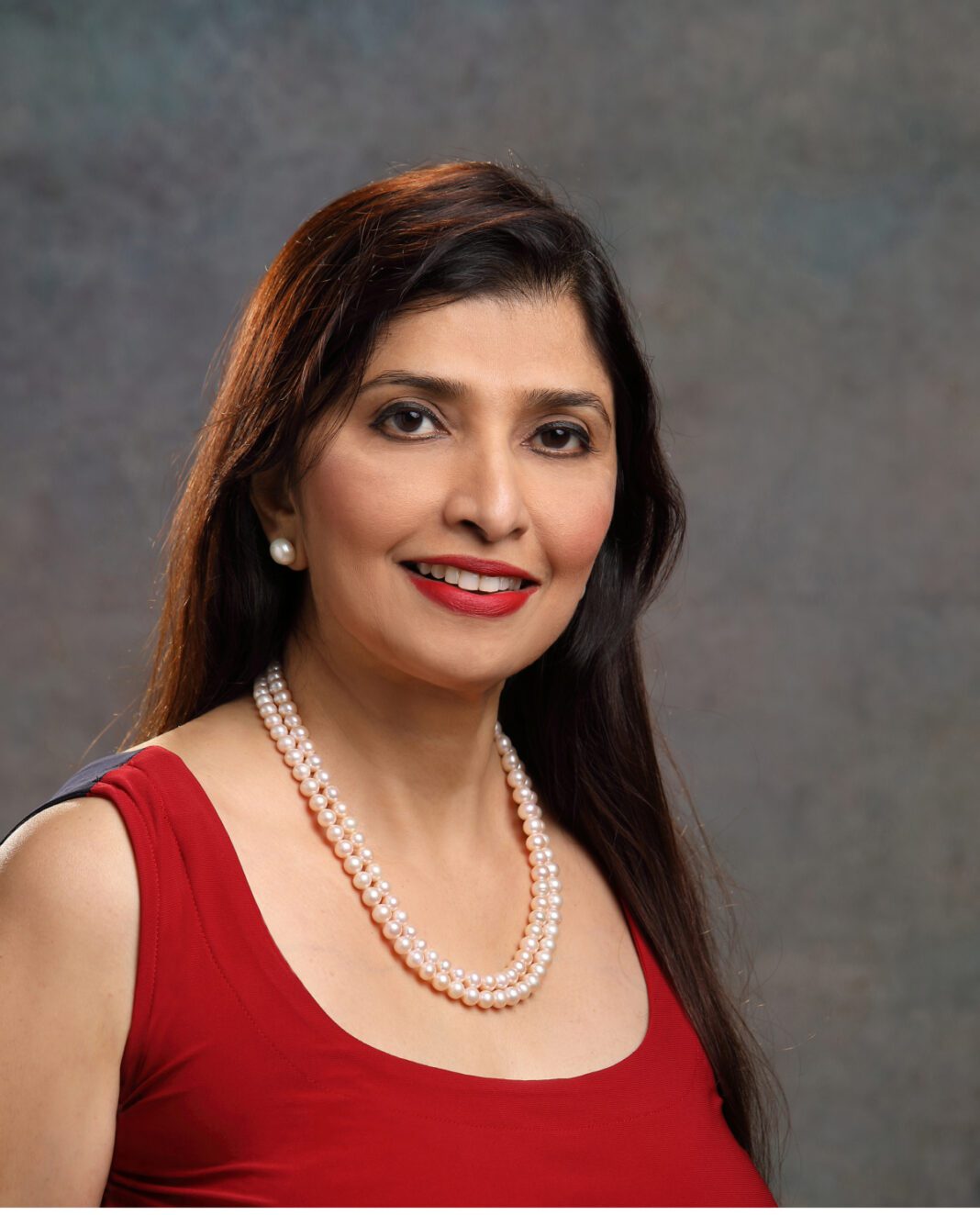What motivated you to pursue a career in architecture and drove the transition from being a student to an entrepreneur in this field?
My father was an IRSE officer with the Indian Railways, who constructed infrastructure projects and often took me along for site visits. Most of my family members are lawyers, doctors and engineers, so I grew up in an enlightening environment and had a passion for designing buildings as well. I started crafting my destiny to become a nation builder by pursuing architecture from my early academic years, which led me towards NIT Trichy, an intellectual institution for engineering. I was the only female among my batchmates and that experience toughened me for the field of architecture and construction for the future.
I pursued further education in the US, where I learned advanced methodologies and gained significant work experience as well. I had a clear vision of incorporating those methods into my projects upon returning to India, to work as a nation-builder. I established a practice with my husband in Chennai, and our first project was an 800 acre campus, which paved the way for master planning and campus development in our firm.
Among the high-profile projects you’ve worked on, which one stands out as the most interesting?
The crown jewel of my list is the Telangana State Secretariat, less than 1 per cent of architects globally get an opportunity to design a secretariat. It was an honour as I was the only female working on that project as the principal architect. Later on, it was brought to my attention that I was the first female architect in Asia to design a secretariat.
The Secretariat is approximately 12 million sq ft, including the main and the ancillary building. It was designed using contextual architecture with a mix of traditional design and sustainability. This building consists of 34 domes, two dome tower complexes and some columns, made of steel with a GRC skin, which helped us complete this project in just two years.
What challenges did you face while working on the project and how did you tackle those?
The difference in the working styles became quite evident when I was working on the Secretariat, which presented a unique challenge. Working for private entities is different from working with government bodies, as there is hierarchical decision-making involved. Multiple factors are involved in projects of this nature such as the project department, political setup, along our own team.
Being an ambitious architect runs in my DNA, I have an appetite for scale and monumentality. The major challenge that came during this project was the pandemic, which made us realise our dependence on outsourcing building materials and labour was counter-productive. We switched to local vendors and labourers which was instrumental to the success of this project.
How would you characterise your experience with steel so far and how do you advocate for the use of steel as a material?
Steel for me stands for speed, scale and superiority in architecture and building construction. And that is why I encourage my clients to use steel since it is sustainable and is used with glass for numerous projects based in the US. Upon my return to India, I observed that concrete was used predominantly across projects, and it was a challenge due to the scarcity of experienced steel consultants. Steel is known for being net zero and linked to carbon trends, along with being cost and time-efficient. These factors helped clients understand that switching to steel would be better for their projects. The scenario is changing steadily and we have excellent contractors specialising in steel.
We also specialise in renovating heritage buildings, and we tend to keep the original steel trusses intact and reinforce the building with additional steel members. I have noticed a significant change in India, where steel is used as the primary structural material, which makes the structures sustainable as well. In case a concrete building is broken down, the debris cannot be reused anywhere else, but in the case of steel, it can be melted and reused as a structural material.
What notable changes have you observed in the industry and how have you integrated any of these changes into any of your projects?
We are currently designing the Coimbatore Science Centre, for the State Government of Tamil Nadu, which is a minimalist design. It will be constructed by using steel, glass and concrete, so it stands as a unique sustainable project. Sustainability and innovation are not just buzzwords, but the principles that I follow and incorporate in my projects as well.
The pandemic was a great learning experience, and it reinforced my belief to incorporate traditional planning concepts, local labourers and materials in my projects. I always encourage young architects to explore heritage design on contemporary lines, and contribute to the local economy, and not just adapt to similar trends in the West. My mantra for designing iconic structures and they are five OTs; The Internet of Things, Environment of Things, Material of Things, Nature of Things and lastly, Tradition of Things.
The secretariat for that matter incorporates traditional elements reminiscent of those found in most Indian houses. We were appreciated a lot for keeping a courtyard in the project, as it provided a much-needed outdoor space for fresh air during the pandemic. I recommend using traditional concepts and developing innovative ideas, instead of depending upon foreign concepts. I have used these concepts in various projects and they help reduce the carbon footprints as well.
As a female architect with an extensive career, how have you seen the industry change?
I have faced numerous challenges over the years in the industry, but one must push themselves to grow further. The current scenario for women is changing surely, but the social conditioning of marriage and family life acts as a major hurdle to overcome for full-time practice in architecture. I get invited to universities and architectural institutions as a speaker and I am also involved in academia which keeps me me in touch with the new generation of architects.
How can architects balance the need for innovation while keeping up with the trends?
The very first conceptual sketch that you make using a pen and a paper is a powerful weapon in itself. But staying in touch with the latest concepts, methodologies and technologies is crucial to keeping up with the competition globally. India is the only country which has variations of architectural designs, such as European, Islamic, Abrahamic, Hindu, as well as modern buildings. Incorporating these design ideas to create a unique structure is what innovation is all about.
How does the Indian construction industry compare globally in terms of adopting technology?
Steel, for one, is widely used in the West and the Orient, on the other hand, steel is being adopted steadily in India, but noticeably. In the 1980s architects switched from manual drafting to computers, and now AI is being adopted as a tool.
AI software, robots, 3D printing, and AI-powered BIM are the upcoming advanced tools for architects and builders. I do use AI extensively, it helps with various things such as sharpening your thoughts, aids in presentation, working drawings, and post-occupancy evaluations as well.





